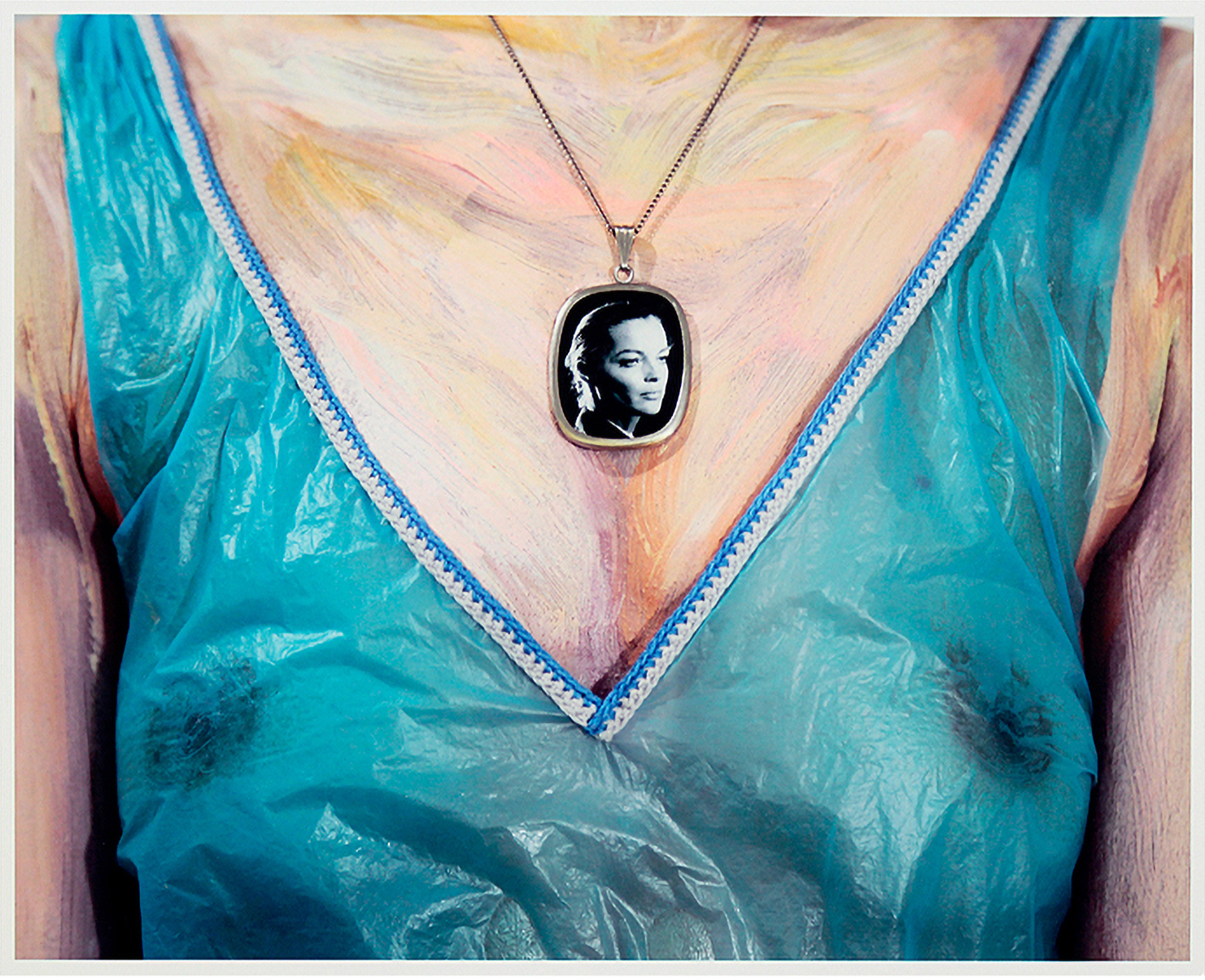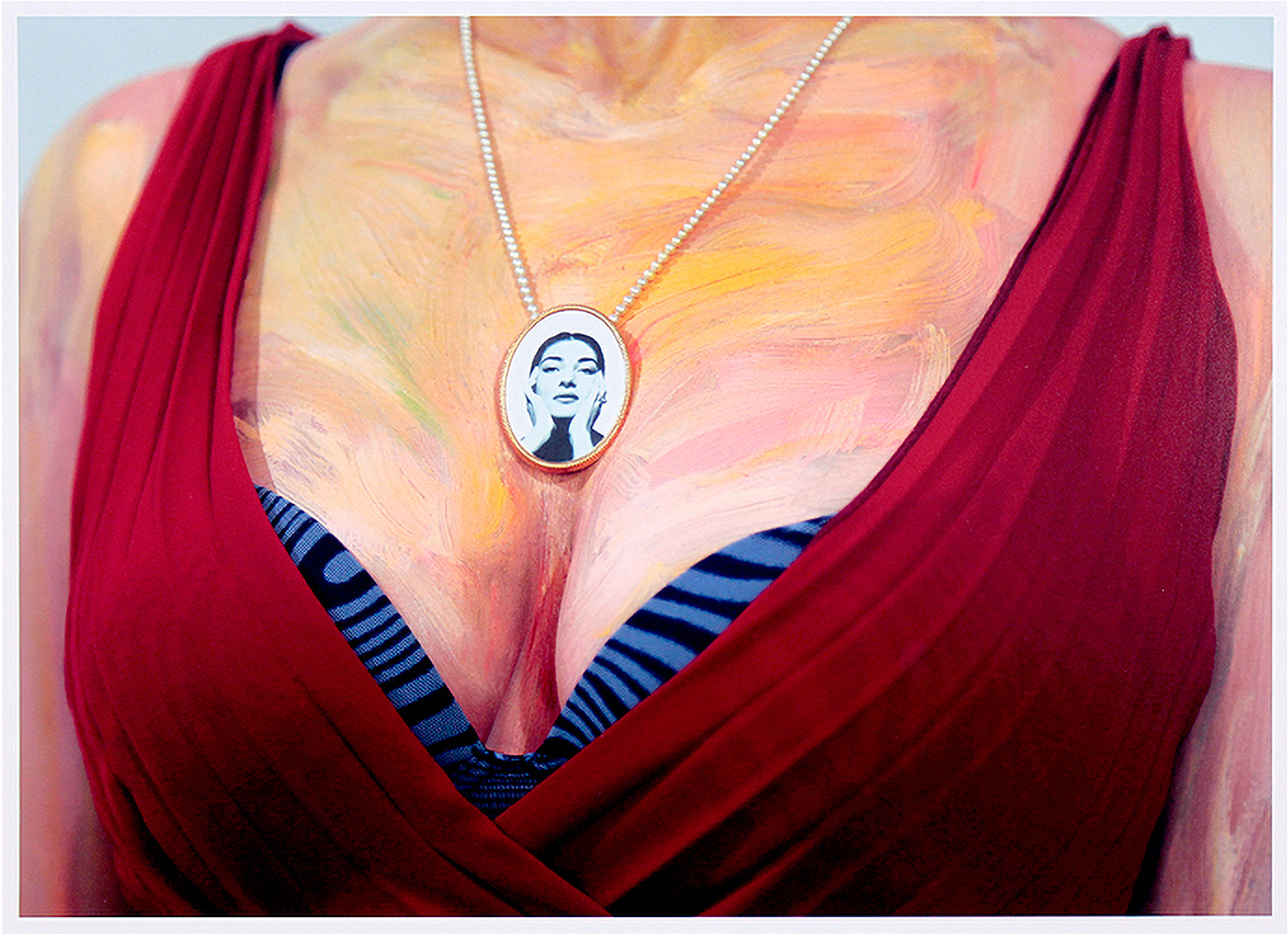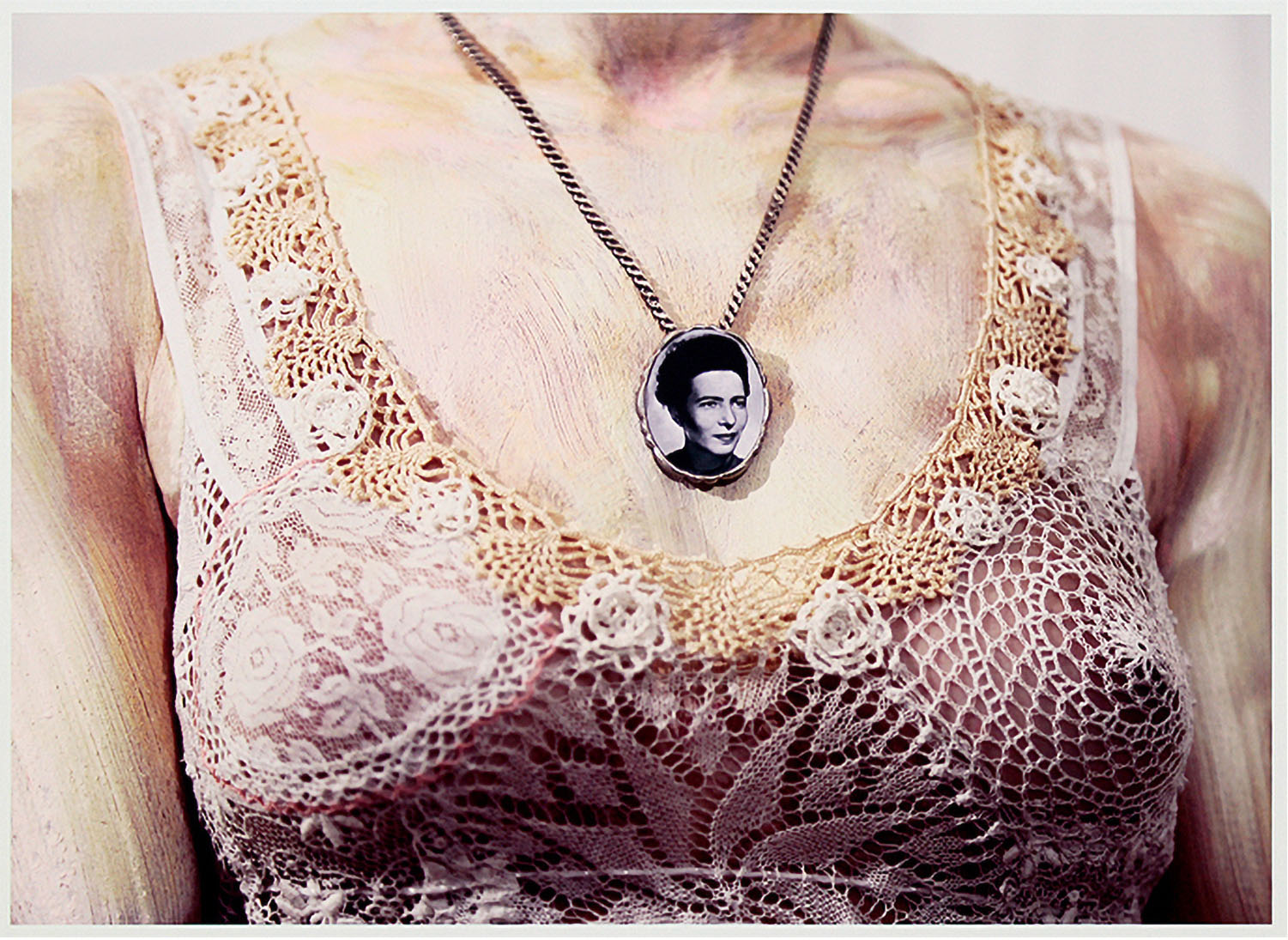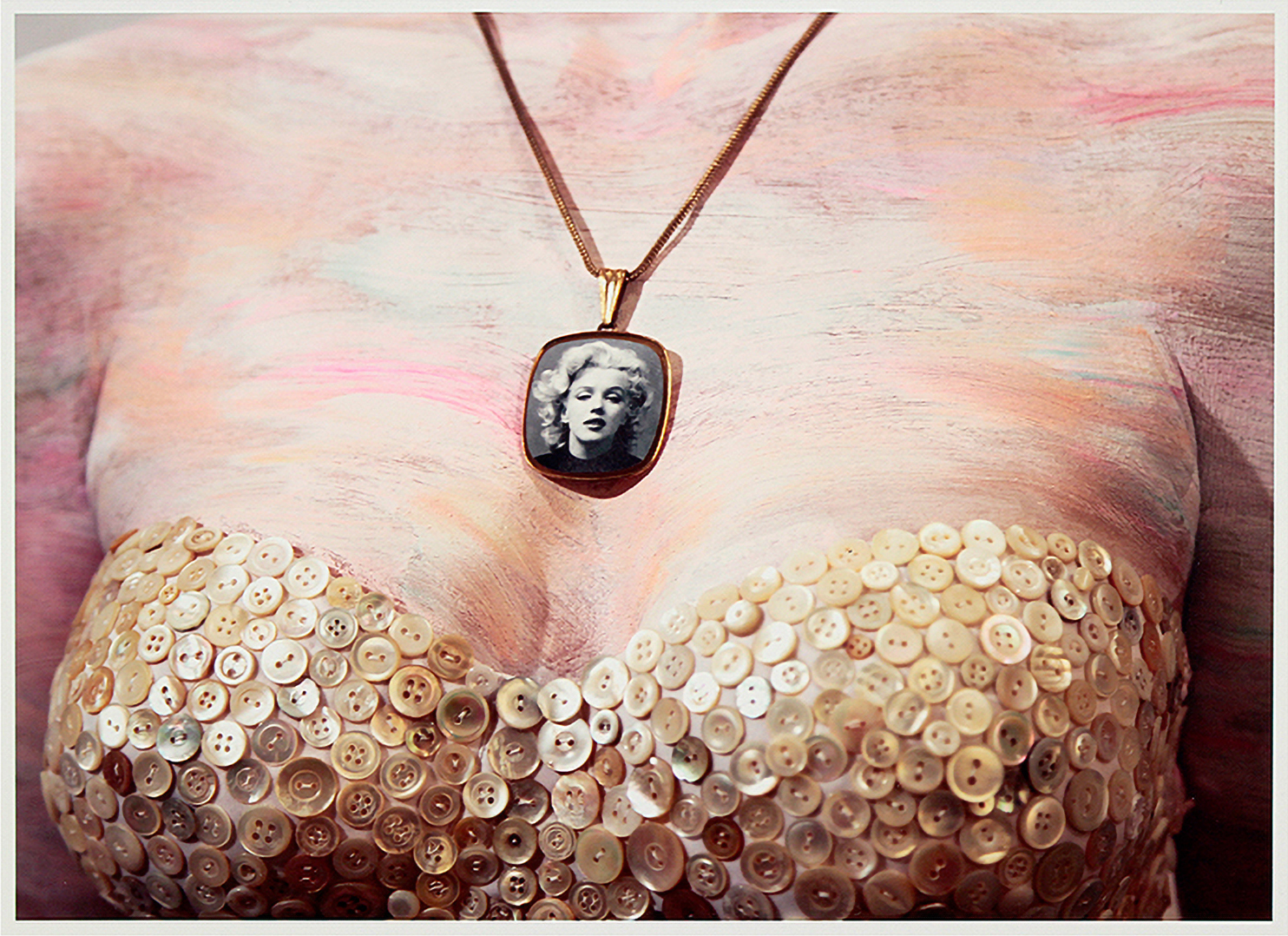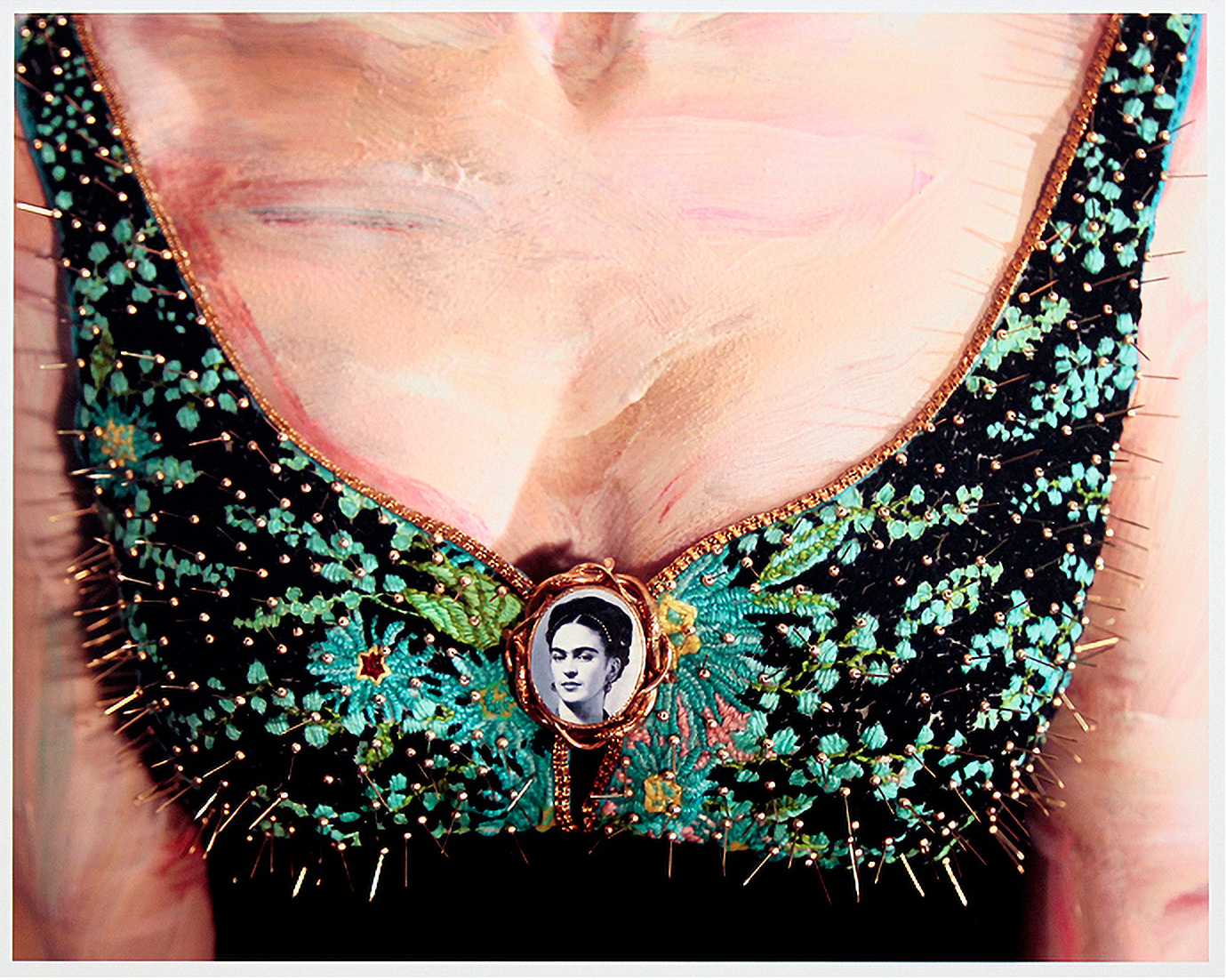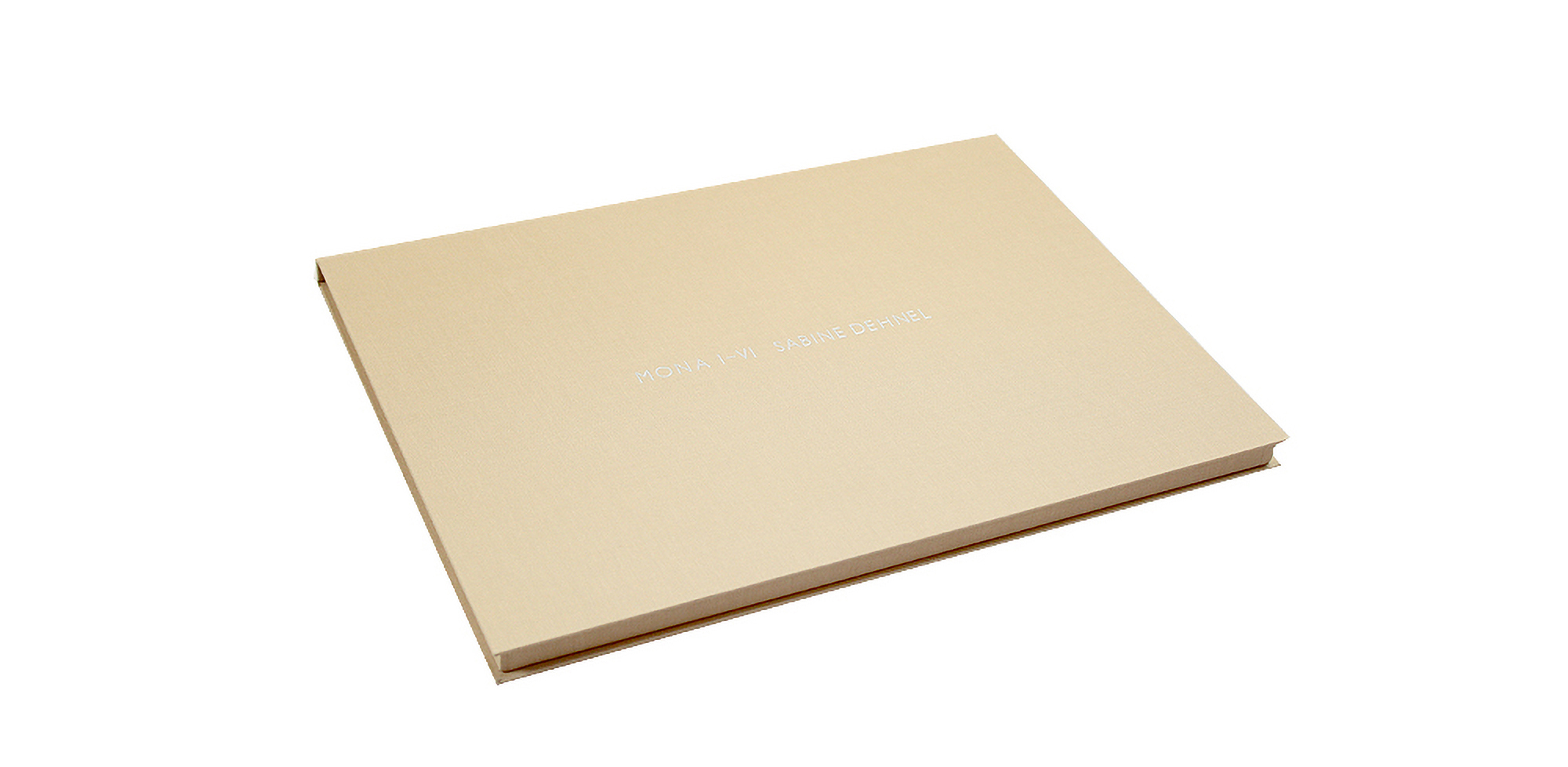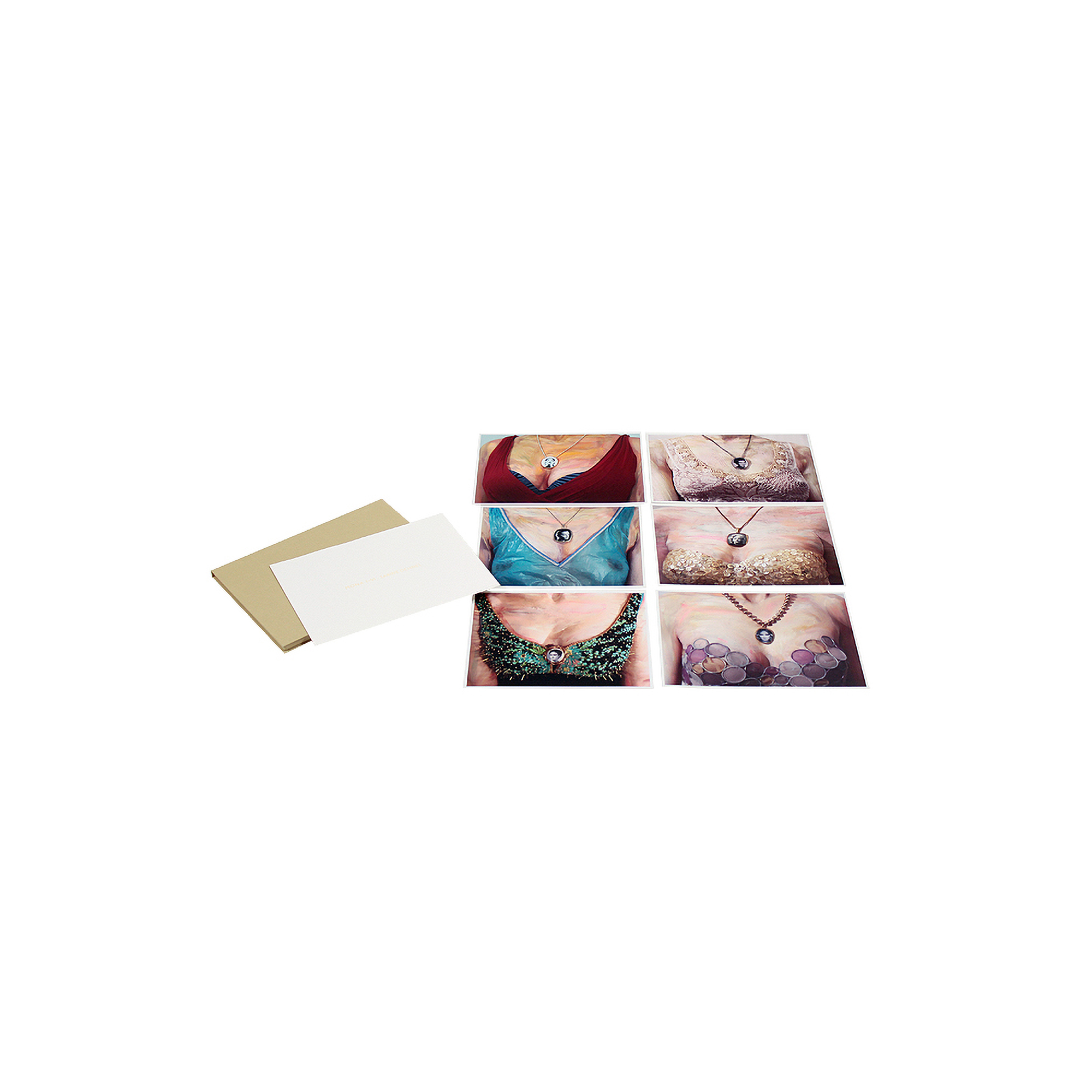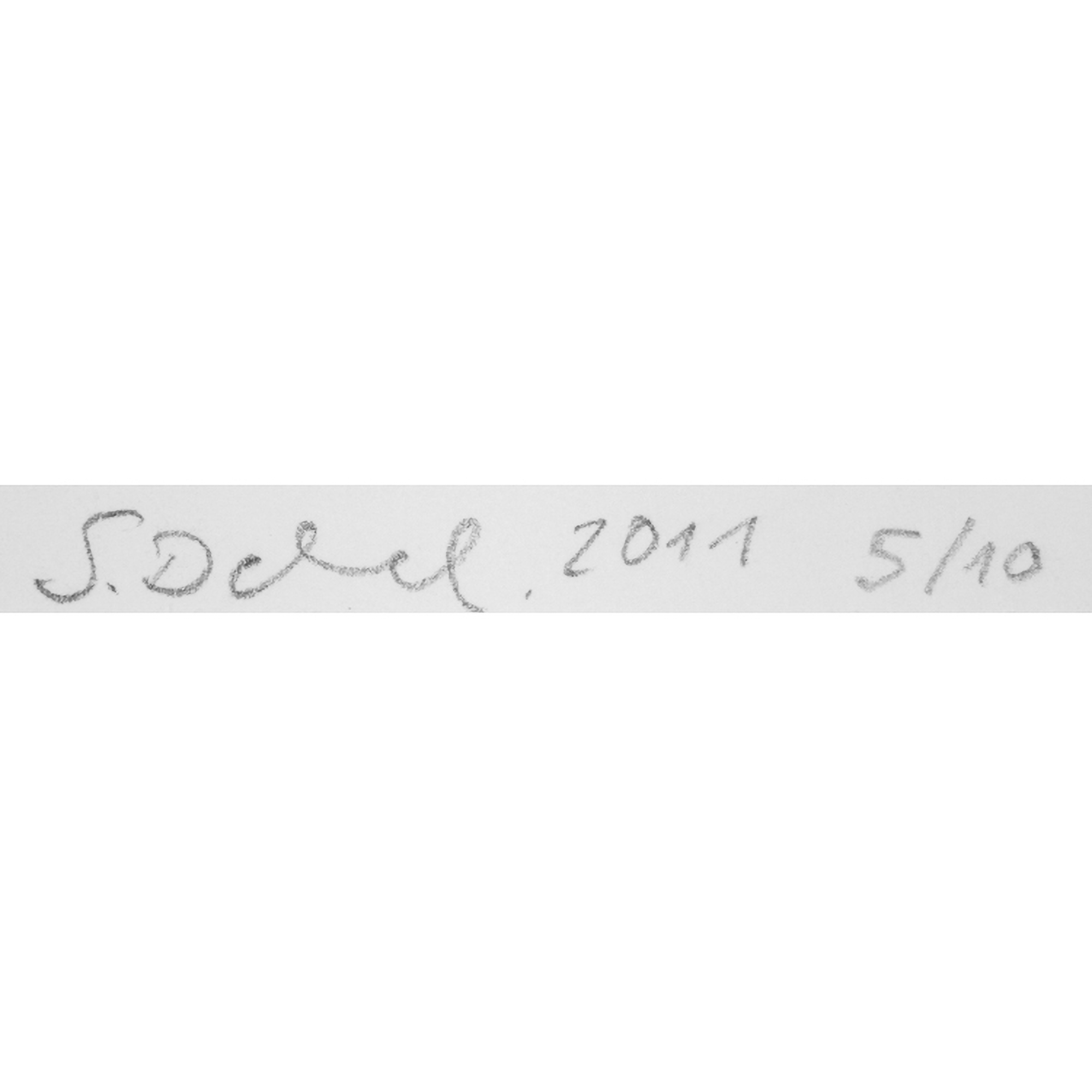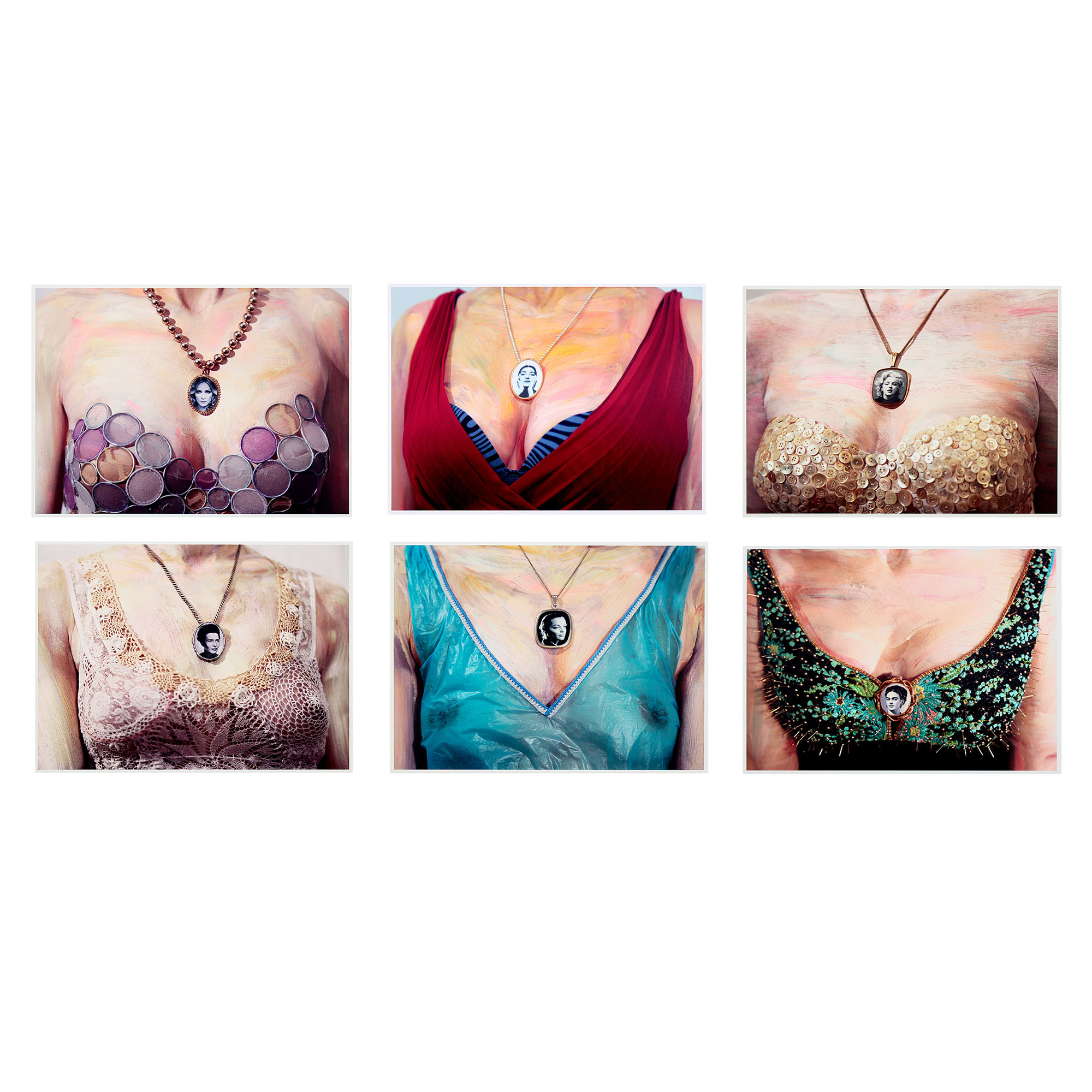| Category | Photography |
|---|---|
| artist | Dehnel, Sabine |
| year | 2011 |
| Title | Mona I-VI |
| size 1 |
Each
27,0 x 37,0 cm
Box: 28,5 x 39,0 cm |
| material | C-Print (6x) on Fujicolor photo paper |
| edition | 10 copies, here No. 5 |
| signature | Signed, dated and numbered in pencil on the title page: S. Dehnel 2011 5/10Each signed and titled in pencil on the picture cover |
| Provenance | Directly from the artist / Private collection Europe |
Sabine Dehnel Mona I-VI (2011)
- Complete edition with 6 C-prints
- Staged photography - Famous portraits of women on overpainted bodies
- Contemporary artist from Berlin
- Strictly limited edition and very good condition
€4,500.00*
- The artwork is available immediately and can be viewed at any time in our gallery.
- Ready for shipment within 2 days.
- Free shipping within Germany.
Informations
condition
|
The Photography is in a very good condition |
artist
|
Sabine Dehnel wurde 1971 in Ludwigshafen am Rhein geboren. Sie verbindet Malerei mit inszenierter Fotografie sowie Abstraktion mit Gegenständlichkeit. Nach einem Aufenthalt in Amsterdam 1992/93 begann sie ihr Studium der bildenden Kunst und der Philosophie an der Akademie für Bildende Künste der Johannes Gutenberg-Universität Mainz. Nach ihrem Diplom 1999 war sie bis 2000 Meisterschülerin und ging anschließend über das MFA Programm an das Otis College of Art and Design nach Los Angeles. Sabine Dehnel verbindet in ihren neusten Werken die Medien-Malerei, Fotografie und Installation. Die Hybridität der Arbeiten wird durch einen Übergang von einem Medium ins nächste erzeugt, meist von der Fotografie 'über die Malerei zu einer temporären Installation und endet schließlich in einem C-Print“. Mittels dieser medienübergreifenden Technik wird dem Betrachter zunächst nicht deutlich, ob es sich um eine Fotografie oder Malerei handelt. In der Serie Mona (2010) bemalte Dehnel die Haut ihrer Modelle, produzierte die Kleidung in Handarbeit und fotografierte anschließend das Dekolleté, das mit einem Amulett geschmückt war. Das Amulett, versehen mit Schwarz-Weiß-Fotografien bedeutender Frauen, setzt die Ikonen in eine Beziehung mit der unbekannten Trägerin des Schmucks. Bereits in ihren vorherigen Arbeiten malte und fotografierte Dehnel nur Ausschnitte ihrer meist weiblichen Protagonisten. 2013 erschien der Katalog Sabine Dehnel. Reframing im Hatje Cantz Verlag. Sie lebt und arbeitet in Berlin. Quelle: Dieser Text basiert auf dem Artikel Sabine Dehnel aus der freien Enzyklopädie Wikipedia und steht unter der GNU-Lizenz für freie Dokumentation. Bei Wikipedia ist eine Liste der Autoren verfügbar. |
e.artis safety
Art trade is a matter of trust.
Features and remarks
Here you have the opportunity to acquire the 6-piece photo series "Mona" by Sabine Dehnel.
The limited edition of only 10 copies (only 5 copies were designated for sale together as a set) was published in 2011 and includes the first 6 personalities of the photo series "Mona".
The black and white portraits of great female personalities are presented as a picture within a picture in medallions on the neck of women's bodies draped in colour and fabric. The motifs in question are:
Mona I (Maria Callas)
Mona II (Romy Schneider)
Mona III (Marilyn Monroe)
Mona IV (Madonna)
Mona V (Simone de Beauvoir)
Mona VI (Frida Kahlo)
The image of the icon documents its existence for the viewer and at the same time reflects an essential character trait or the respective fashionable zeitgeist with the staging. What is special about the Mona series - in contrast to the purely documentary memorabilia - is that each viewer associates their own memory with the icon depicted and the decade.
Sabine Dehnel creates a unique memory with her elaborate staging and the fusion of painting and photography by inviting the aura of the respective icon and its existence to remain in a very aesthetic way.
„In her series Mona, she presents great women of history solely in the cleavage of their cleavage. At first, this seems like an affront, especially from a feminist point of view. Instead of staging the face as a landscape of personality and life achievement, the viewer is forced into the perspective of a one-sided, truncated, stereotyped and clichéd male perception of femininity. The meaning only unfolds at second glance. The face, the landscape of personality and life achievement must be imagined - as well as what remains hidden in the cleavage.“
Dr. Reinhard Spieler, Director Sprengel Museum Hanover



